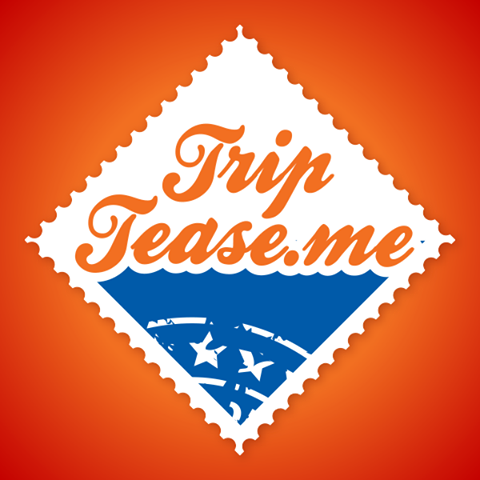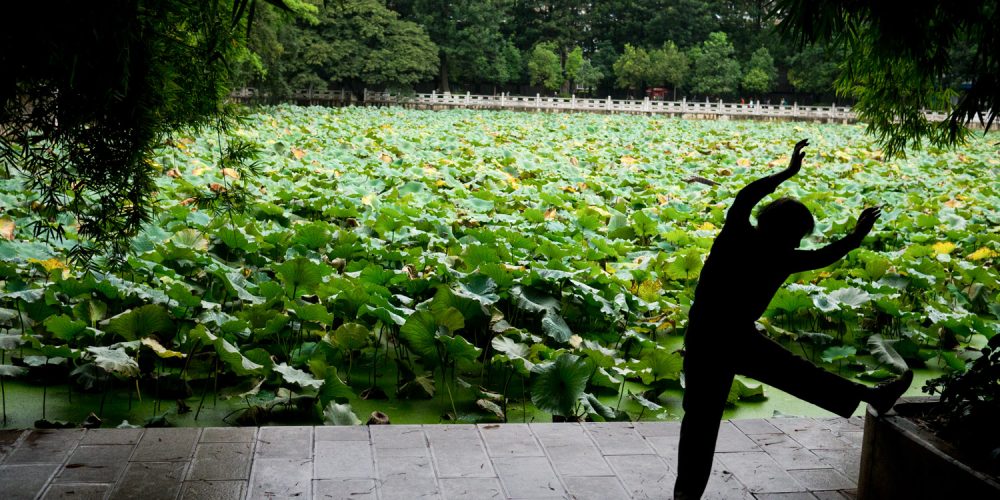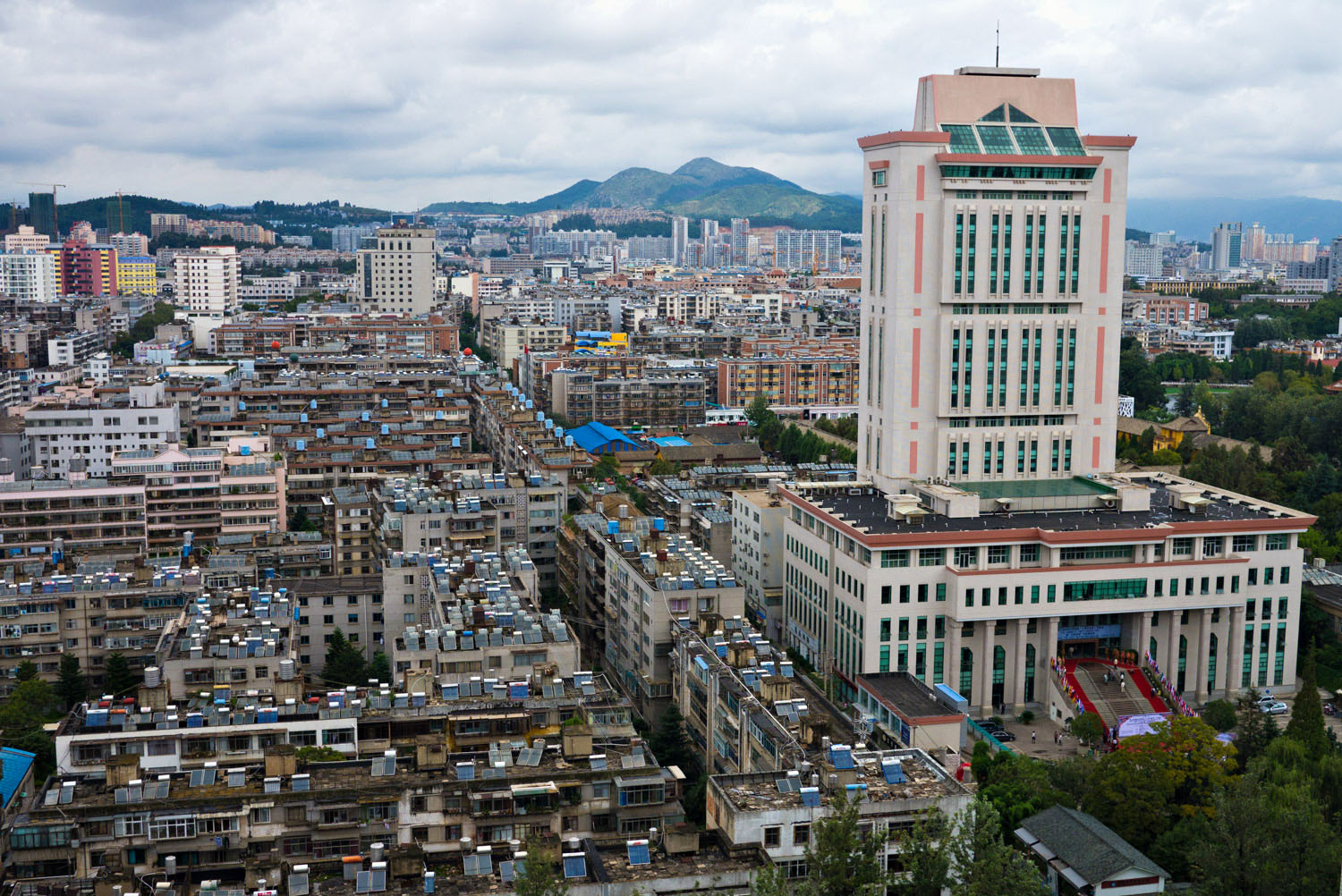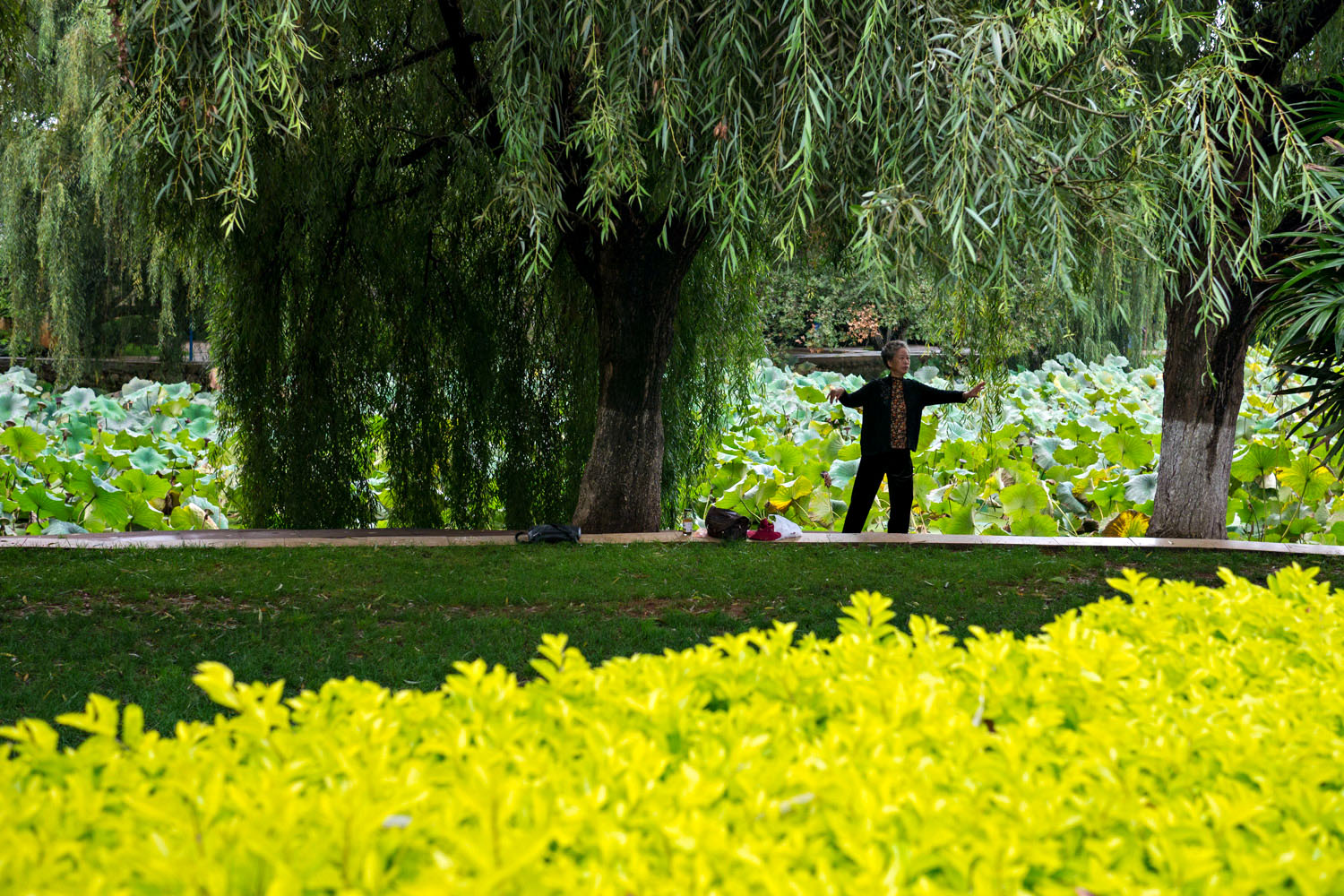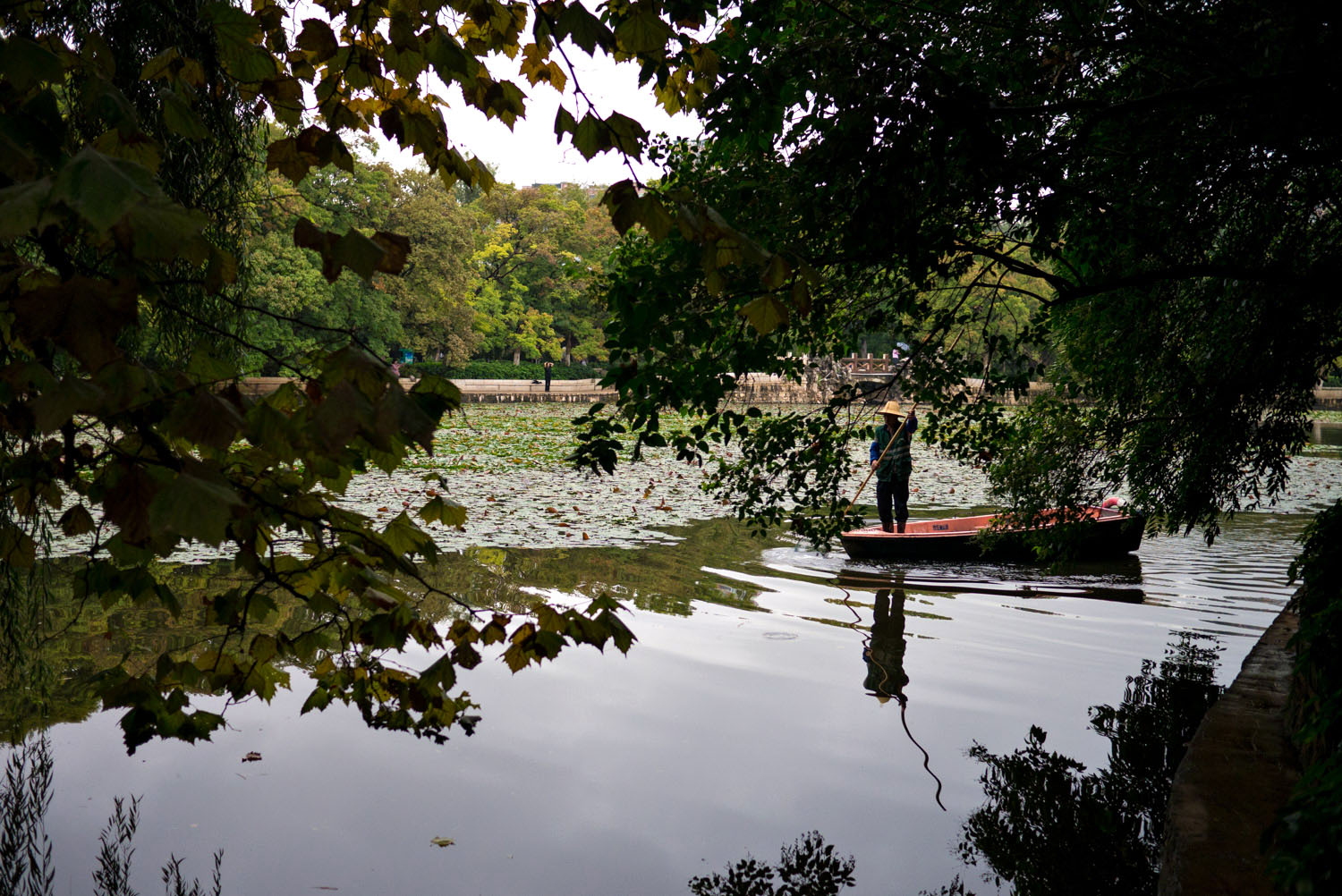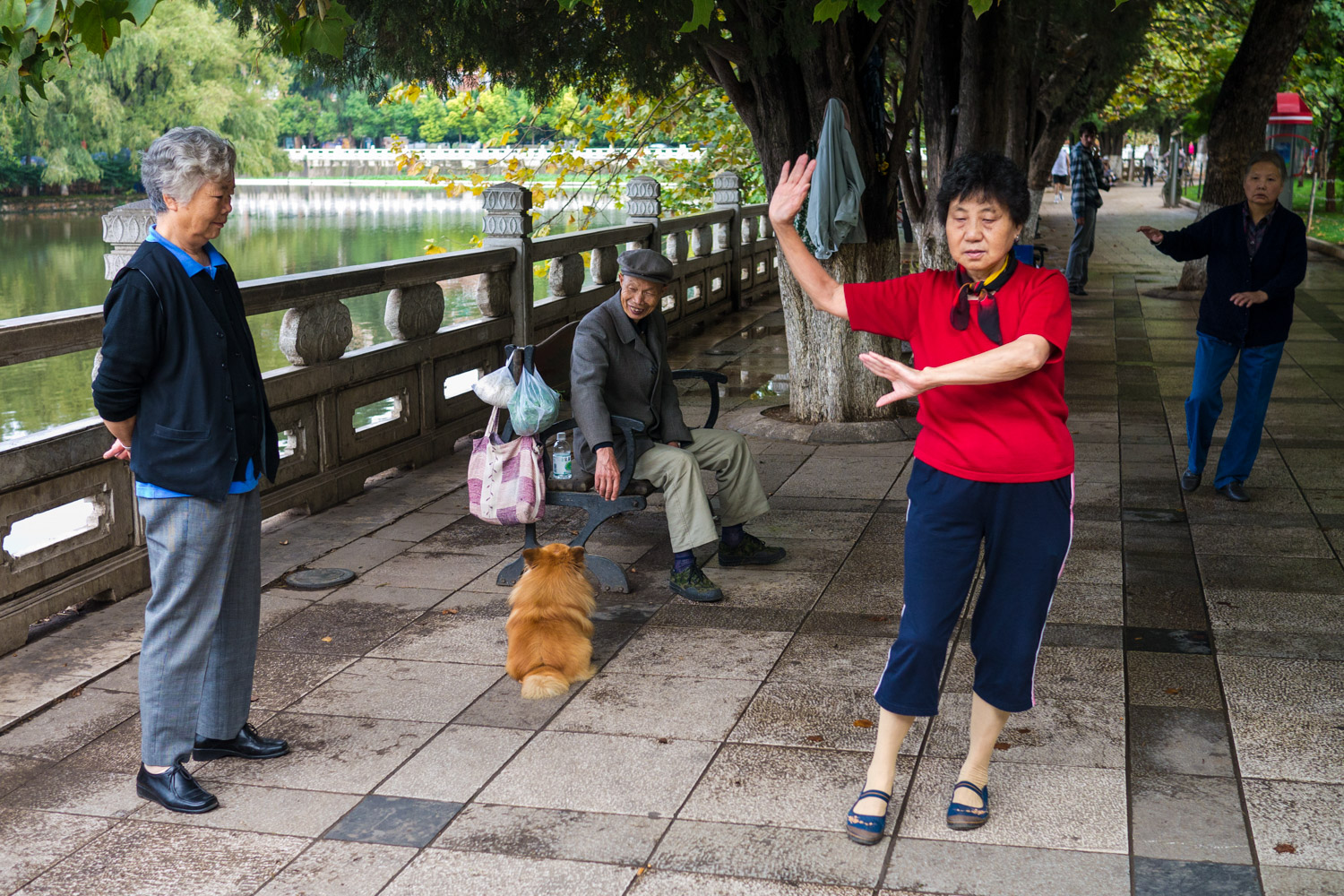The Flower City
A visit to Yunnan province starts and ends in one of the cities whose history can be traced 30,000 years back. The city was named by the Yuan dynasty, which reigned from 1271 to 1368, the time when Kunming became the political, economic, and cultural centre of Yunnan province.
There is one unusual thing about Kunming, which goes along with the temperate climate of the region – an eternal springtime, so to speak. That phenomenon can be noticed only if you are staying for a longer period of time in the city. That is to say, the climate conditions are perfect for the local flora, with plants that bloom all year round, and because of that another name for the city of Kunming is the Spring and Flower City.
The Flower City, located at the foot of the Himalayas with colourfulness of its flora and fauna, has been enveloped by, and abundant in, cultural richness regularly throughout history. It is believed that Marco Polo was the first Westerner to be caught by the natural beauty, cultural differences and food of Yunnan.
Kunming had become well known during the Ming period because of its naturally occurring metals that had been the main resource for the Ming dynasty coins production. It is also interesting that, on the one hand, the city had been a large and important centre for trade, but, on the other hand, it had stayed relatively isolated from the rest of China.
Once the railway project in Indochina was finished in 1910, Kunming suddenly opened up and became accessible to the rest of the world, but at the same time it began to show a sharp contrast to speedy modernization in some other Chinese cities.
Kunming is also a big exporter of flowers, which is not hard to guess considering that the scent of blooming plants covers the streets of that magnificent city.
It’s always easier to use a travel agent. The itinerary, lodging, sightseeing tours, and excursions are predetermined and there are no unplanned additional costs. Believe… Yunnan province is a place where you have to plan your sightseeing trips ahead of time. Every note you make on your map will be worthy once you visit the places you have marked. With that in mind, if you have decided to stay in the Flower City, for whatever reason, be ready to add a minimum of three additional days to the initially intended duration of your trip.
Yes… you will say: “Three days, why!?” First of all, the inhabitants of the Flower City are honest, polite and courteous. After staying in the city for a few days, you will get the impression that you have been living there for decades and that everyone knows you.
The largest lake in Yunnan province is located exactly in the Spring City, also called the Flower City. Dianchi Lake is on the south side of the city and offers a variety of leisure activities.
West Mountain’s Dragon Gate is a cliff, also known as Sleeping Beauty, that stretches on the west side of the lake and that is perfect for hiking. Besides walking, in that area you will have the opportunity to see a forgotten temple which has been renovated.
Follow the red walls which will take you to the entrance of a beautiful historical religious building – Huating Temple. Huating Temple dates back to 1063. It is magnificently painted and surrounded with a colourfull garden, a pleasant place to rest and, strangely enough, shared by tourists and monks.
Although you move forward as you walk, the Dragon Gate will take you backward – on a journey through the history of China. Beautiful flower gardens will follow your movement, and in one of the gardens you will see the tomb of Nie Er (1912-1935), the composer of the national anthem of China.
On the other side of the lake there is Grand View Park, where a Buddhist temple named Grand View Tower dominates the surroundings. Along the edge of the lake you can rent a boat to West Mountain or you can take a tour of the lake while the boatman sings the traditional Naxi songs, if you want to.
Golden Temple, the largest brass temple in China, is tucked away in a national forest reserve. The Taoist temple is 6 metres (23 feet) high and it was built in 1671, after the original Ming temple had been moved to Dali. The temple was built on a marble foundation and its weight is 250 tonnes.
Not too far from Golden Temple there is The World Horticultural Exposition Garden, the largest exhibition of flowers and birds. Kunming has two big markets of that kind, and they are both located on Jingxing and Yongdao streets. In other words, in the centre of the Flower City.
The market on Yongdao street offers more choices and that comes as no surprise, considering that it is the older and more recognizable one of the two markets, to both the exhibitors and visitors. Also, the one on Yongdao street offers an abundance of rubies and sapphires, Dali marble items, and Jianchuan wood carvings. Of course, there are many coffee shops and restaurants on the street, where tourists and shoppers can take a break when visiting the market.
Stone Forest is located 83 (miles) kilometres southeast from Kunming. Its natural beauty and landscapes will leave you breathless. The place is adorned with Zhiyun Cave, the stone formations that resemble trees, and Long Lake which will charm you with its colour, transparency, and underwater stalactites – the things you should definitely see.
Advice: Arrival should be planned for the early hours of the morning so that Stone Forest tour could be guided by an English-speaking person. If you decide to go on that tour, you will need to allocate an entire day for your departure, sightseeing, and return to Kunming.
It should be emphasized that Stone Forest was formed 270 million years ago, when this area had been covered in water. Every year, the Sani ethnic minority community gathers at the forest to celebrate the Torch Festival, which includes traditional dances, wrestling, and the ceremony of marriage proposals in the moonlight.
Bamboo Temple was restored in 1880. By the way, prior to its restoration, it had been originally built during the Song dynasty era. The temple is renowned for its 500 Buddha sculptures – each of them uniquely designed. The sculptures exude unique personality and soul.
Legend has it that two bothers had been following a strange rhinoceros before it led them to monks who were practicing an unusual ritual. After the monks had noticed the brothers, the monks suddenly disappeared and left their bamboo sticks as evidence of their presence in the forest. The next day, the sticks turned into a bamboo forest. Later on, the brothers built Bamboo Temple there to prove their faith.
If you have some spare time left, and we hope you do, we suggest that early in the afternoon you take a walk to Green Lake Park, where you can take part in Tai Chi exercises that are practiced daily by the local populace.
To sum it up, Kunming is a stepping stone for tourists who plan to visit the western parts of Yunnan province and Tibet, but you should keep in mind that a special effort from people who plan to visit the Spring and Flower City is necessary.
Note: Changshui International Airport is 3 kilometres (1.9 miles) away from the city of Kunming. You can go anywhere within the city by a taxi and the fee should not exceed ¥20.
Useful advices and recommendations: Kunming has temperate climate, with an average temperature of 19°C. It is necessary to have warm clothes, because early in the morning and during the evening it is a little bit colder, but during the day the temperature of the air is very pleasant. You can get more detailed information about the attractions you would like to visit by making a local call.
Golden Temple
7 kilometres (4.3 miles) southeast of Kunming, entrance fee: ¥30, hours of operation: 07:00 – 19:00 (07:00 a.m. – 07:00 p.m.), tel: (area code) 501 83 06
Stone Forest
83 kilometres (51.6 miles) southeast of Kunming, entrance fee: ¥140, hours of operation: 24 hours, tel: (area code) 771 14 39
West Mountain’s Dragon Gate
Dianchi Lake, entrance fee: ¥30, hours of operation: 07:30 – 19:00 (07:30 a.m. – 7:00 p.m.), tel: (area code) 842 62 88
The World Horticultural Exposition Garden
4 kilometres (2.5 miles) southeast of Kunming, entrance fee: ¥100, hours of operation: 08:00 – 18:00 (08:00 a.m. – 06:00 p.m.), tel: (area code) 501 23 67
Note: If you need to go to a post office or hospital, or if you want any other kind of service, the public employees in Kunming will be attentive, polite and, most important, they will be efficient!
Post Office:
Dongfeng Dong Lu Post Office, 14 Dongfeng Dong Lu, Kunming, tel: (area code) 316 22 37
Hospitals:
First People’s Hospital, 157 Jinbi Lu, Kunming, tel: (area code) 363 40 31
Red Cross Hospital, 176 Qingnian Lu, Kunming, tel: (area code) 525 66 50
Complaints:
General complaints: tel: (area code) 353 73 61
Taxi complaints: tel: (area code) 331 25 33
—
Copyright: triptease.me
The content has been completed with the useful information provided through the courtesy of Ms. Gao Xuhe, Third Secretary, Embassy of the People’s Republic of China in the Republic of Serbia.
author: Nenad Butaš
photo: Marko Rupena
text.en: Dragan Dobožanović
Content CANNOT be used without permission!
